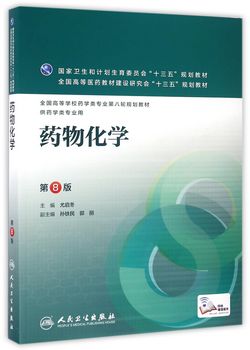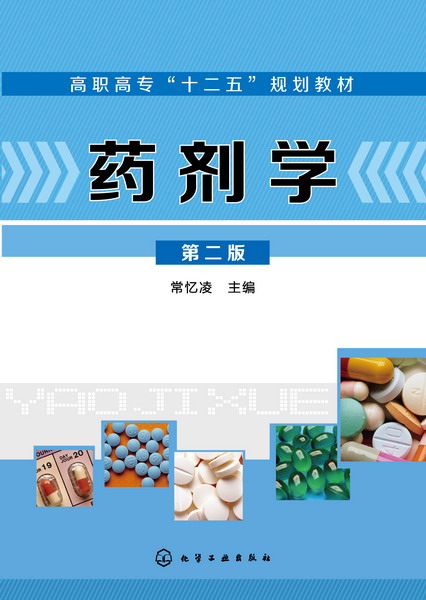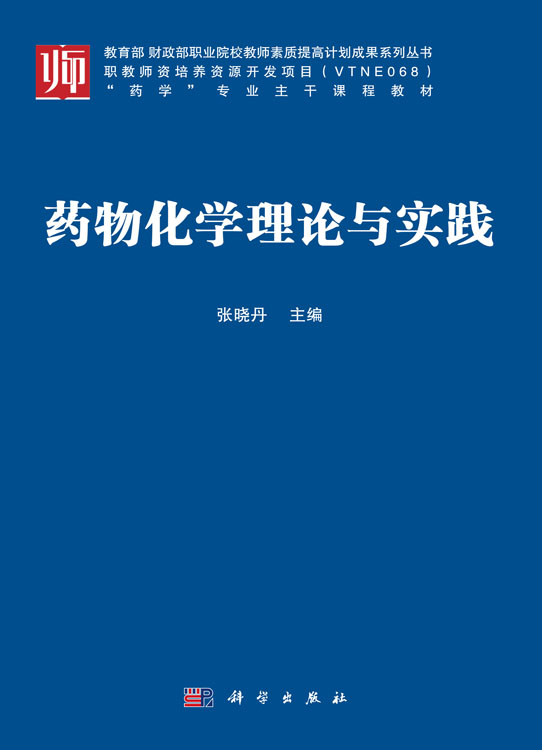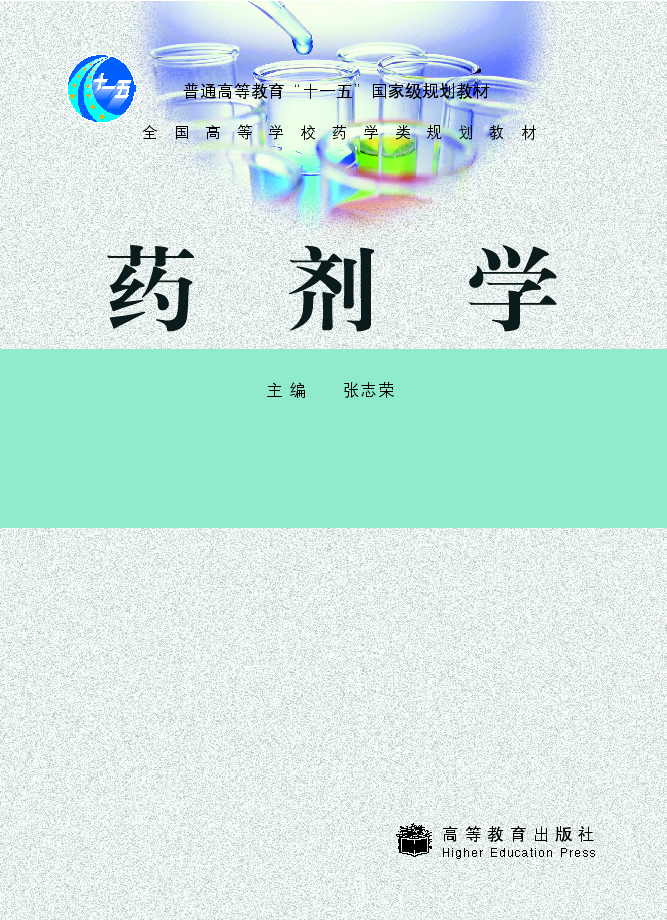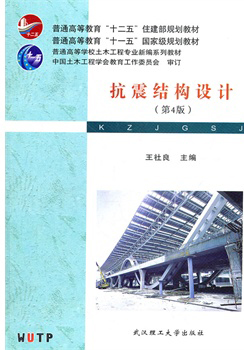- 人民卫生出版社
- 9787117221511
- 8版
- 147060
- 41224334-7
- 2016-07-25
- 18474
- 理学
- 物理学
- R914
- 药学
- 本科
目录
第一章 绪论Introduction
第一节 药物化学的起源与发展Historical Development of Medicinal Chemistry
第二节 化学药物的质量与纯度The Quality and Purity of Synthetic Drugs
第三节 药物的命名Nomenclature of Drug Substances
第二章 新药研究的基本原理与方法Principles and Methodology of New Drug Research and Development
第一节 药物的化学结构与生物活性的关系StructureActivity Relationships of Drugs
一、理化性质与生物活性(Physicochemical Properties and Biological Activities of Drugs)
二、药物一受体相互作用(Drugreceptor Interaction)
第二节 先导化合物的发现Discovery of Lead Compound
一、从天然产物得到先导化合物(Discovery of Lead Compound from Natural Product Sources)
二、以现有药物作为先导化合物(Discovery of Lead Compound from Approved Drugs)
三、用活性内源性物质作先导化合物(Discovery of Lead Compound from Endogenous
Active Substances、
四、利用组合化学和高通量筛选得到先导化合物(Discovery of Lead Compound by
Combinational Chemistry and High-throughput Screening)
五、利用计算机进行靶向筛选得到先导化合物(Discovery of Lead Compound by Screening Compound Databases)
第三节 先导化合物的优化Optimization of Lead Compound
一、生物电子等排替换(Bioisosteric Replacement)
二、前药设计(Prodrug Design)
三、软药设计(Soft Drug Design)
第四节 定量构效关系Quantitative Structure—Activity Relationships
一、Hansch方法(Hansch Method)
二、Hansch方法在药物设计中的应用(Application of Hansch Method in Drug Design)
三、三维定量构效关系(3D-QSAR)
第五节 计算机辅助药物设计Computer—aided Drug Design
一、直接药物设计(Direct Drug Design)
二、间接药物设计(Indirect Drug Design)
第三章 药物代谢反应Drug Metabolism
第一节 概述Introduction
第二节 药物代谢的酶Enzymes for Drug Metabolism
一、细胞色素P一450酶系(Cytochrome p-450 Enzyme System)
二、还原酶系(Reductase)
三、过氧化物酶和单加氧酶(Peroxidases and Other Monooxygenases)
四、水解酶(Hydrolases)
第三节 第Ⅰ相的生物转化Phase Ⅰ Biotransformation
一、氧化反应(Oxidations)
二、还原反应(Reductions)
三、脱卤素反应(Dehalogenation)
四、水解反应(Hydrolysis)
第四节 第Ⅱ相的生物转化PhaseⅡ Biotransformation
一、葡糖醛酸的结合(Glucuronic Acid Conjugation)
二、硫酸酯化结合(Sulfate Conjugation)
三、与氨基酸的结合(Conjugation with Amino Acid)
四、谷胱甘肽结合(Glutathione Conjugation)
五、乙酰化结合(Acetylation)
六、甲基化结合(Methylation)
第五节 药物代谢在药物研究中的作用Role of Drug Metabolism in Drug Research
一、设计和发现新药(Design and Discovery of New Drugs)
二、优化药物的药动学性质(Optimization of Drug Pharmacokinetics)
三、解释药物的作用机制(Explaining Action Mechanism of Drugs)
第四章 中枢神经系统药物Central Nervous System Drug
第一节 镇静催眠药Sedative.Hypnotics
一、苯二氮革类(Benzodiazepines)
二、非苯二氮革类(Nonbenzodiazepines)
第二节 抗癫痫药物Antiepileptics
一、酰脲类(Ureide Derivatives)
二、二苯并氮杂类(Dibenzazepines)
三、GABA类似物(Analogues of GABA)
四、脂肪羧酸类及其他类(Carboxylic Acids and Others)
第三节 抗精神病药Antipsychotics
一、吩噻嗪类(Phenothiazines)
二、噻吨类(Thioxanthenes)
三、丁酰苯类(Butyrophenones)
四、二苯并二氮革类及其衍生物(Dibenzodiazepines and Derivatives)
五、苯甲酰胺衍生物类(Benzamide Derivatives)
第四节 抗抑郁药AntjdeDressants
一、单胺氧化酶抑制剂(Monoamine Oxidase Inhibitors,MAOI)
第五章 镇痛药
第六章 循环系统药物
第七章 消化系统药物
第八章 解热镇痛药、非甾体抗炎药及抗痛风药
第九章 抗肿瘤药
第十章 抗生素
第十一章 合成抗菌药物及其他抗感染药物
第十二章 降血糖药物、骨质疏松治疗药物及利尿药
第十三章 激素类药物
第十四章 维生素
第一节 药物化学的起源与发展Historical Development of Medicinal Chemistry
第二节 化学药物的质量与纯度The Quality and Purity of Synthetic Drugs
第三节 药物的命名Nomenclature of Drug Substances
第二章 新药研究的基本原理与方法Principles and Methodology of New Drug Research and Development
第一节 药物的化学结构与生物活性的关系StructureActivity Relationships of Drugs
一、理化性质与生物活性(Physicochemical Properties and Biological Activities of Drugs)
二、药物一受体相互作用(Drugreceptor Interaction)
第二节 先导化合物的发现Discovery of Lead Compound
一、从天然产物得到先导化合物(Discovery of Lead Compound from Natural Product Sources)
二、以现有药物作为先导化合物(Discovery of Lead Compound from Approved Drugs)
三、用活性内源性物质作先导化合物(Discovery of Lead Compound from Endogenous
Active Substances、
四、利用组合化学和高通量筛选得到先导化合物(Discovery of Lead Compound by
Combinational Chemistry and High-throughput Screening)
五、利用计算机进行靶向筛选得到先导化合物(Discovery of Lead Compound by Screening Compound Databases)
第三节 先导化合物的优化Optimization of Lead Compound
一、生物电子等排替换(Bioisosteric Replacement)
二、前药设计(Prodrug Design)
三、软药设计(Soft Drug Design)
第四节 定量构效关系Quantitative Structure—Activity Relationships
一、Hansch方法(Hansch Method)
二、Hansch方法在药物设计中的应用(Application of Hansch Method in Drug Design)
三、三维定量构效关系(3D-QSAR)
第五节 计算机辅助药物设计Computer—aided Drug Design
一、直接药物设计(Direct Drug Design)
二、间接药物设计(Indirect Drug Design)
第三章 药物代谢反应Drug Metabolism
第一节 概述Introduction
第二节 药物代谢的酶Enzymes for Drug Metabolism
一、细胞色素P一450酶系(Cytochrome p-450 Enzyme System)
二、还原酶系(Reductase)
三、过氧化物酶和单加氧酶(Peroxidases and Other Monooxygenases)
四、水解酶(Hydrolases)
第三节 第Ⅰ相的生物转化Phase Ⅰ Biotransformation
一、氧化反应(Oxidations)
二、还原反应(Reductions)
三、脱卤素反应(Dehalogenation)
四、水解反应(Hydrolysis)
第四节 第Ⅱ相的生物转化PhaseⅡ Biotransformation
一、葡糖醛酸的结合(Glucuronic Acid Conjugation)
二、硫酸酯化结合(Sulfate Conjugation)
三、与氨基酸的结合(Conjugation with Amino Acid)
四、谷胱甘肽结合(Glutathione Conjugation)
五、乙酰化结合(Acetylation)
六、甲基化结合(Methylation)
第五节 药物代谢在药物研究中的作用Role of Drug Metabolism in Drug Research
一、设计和发现新药(Design and Discovery of New Drugs)
二、优化药物的药动学性质(Optimization of Drug Pharmacokinetics)
三、解释药物的作用机制(Explaining Action Mechanism of Drugs)
第四章 中枢神经系统药物Central Nervous System Drug
第一节 镇静催眠药Sedative.Hypnotics
一、苯二氮革类(Benzodiazepines)
二、非苯二氮革类(Nonbenzodiazepines)
第二节 抗癫痫药物Antiepileptics
一、酰脲类(Ureide Derivatives)
二、二苯并氮杂类(Dibenzazepines)
三、GABA类似物(Analogues of GABA)
四、脂肪羧酸类及其他类(Carboxylic Acids and Others)
第三节 抗精神病药Antipsychotics
一、吩噻嗪类(Phenothiazines)
二、噻吨类(Thioxanthenes)
三、丁酰苯类(Butyrophenones)
四、二苯并二氮革类及其衍生物(Dibenzodiazepines and Derivatives)
五、苯甲酰胺衍生物类(Benzamide Derivatives)
第四节 抗抑郁药AntjdeDressants
一、单胺氧化酶抑制剂(Monoamine Oxidase Inhibitors,MAOI)
第五章 镇痛药
第六章 循环系统药物
第七章 消化系统药物
第八章 解热镇痛药、非甾体抗炎药及抗痛风药
第九章 抗肿瘤药
第十章 抗生素
第十一章 合成抗菌药物及其他抗感染药物
第十二章 降血糖药物、骨质疏松治疗药物及利尿药
第十三章 激素类药物
第十四章 维生素

